Encountering an injured stray animal can be a distressing situation but there are steps you can take to ensure their safety and well-being. Here’s how you can best assess the situation, provide temporary care and find appropriate assistance, making a significant difference in the injured animal’s life.
- Assess the situation
When you come across an injured animal, it’s important to assess the situation before you take any action. This will ensure your safety as well as the safety of the animal.
- Ensure personal safety
Prioritise your personal safety by keeping a safe distance from the animal, especially if it appears frightened, aggressive or in pain. Avoid sudden movements or loud noises that may startle the animal.
- Contact the local animal shelter
If you believe the injured animal may pose an immediate threat to people or other animals, contact your local animal shelter immediately. They will have the necessary expertise and resources to handle the situation effectively.
- Secure the area
If the animal does not seem aggressive or pose an immediate threat, you can try to secure the area to prevent further harm. Use barriers like traffic cones, signs, or caution tape to create a safe space around the animal, keeping both the animal and passersby safe.
- Approach with caution
Approach the injured stray animal slowly and calmly, avoiding direct eye contact and sudden movements. Speak in a low, soft, reassuring tone to help calm the animal.
- Assess the injuries
Evaluate the animal’s injuries from a safe distance. If the injuries seem severe or life-threatening, it’s best to wait for the trained professionals to arrive on the scene. Make a note of the injuries and provide this information to the authorities when they arrive.
- Contact local rescue organisations
Reach out to local animal rescue organisations like AMTM in your area. They will provide guidance on how to proceed and may have resources to help with the care and rehabilitation of the injured stray.
- Provide temporary care
While waiting for professional assistance, you can provide temporary care to the injured animal. Offer food and water if they are conscious and able to eat. Keep them warm and calm by covering them with a blanket or towel.
- Do not self-treat or medicate
Do not administer any medication or attempt to treat the animal’s injuries yourself unless you’re a trained professional. Improper treatment can cause further harm or worsen the condition of the animal.
- Stay with the animal
If possible, stay with the animal until help arrives. Your presence can be comforting and reassuring to the animal during a distressing time.
Coming across an injured stray animal requires compassion and prompt action. By following these steps, you can help alleviate the fear and suffering of the animal while waiting for professional assistance. Your efforts and action can make all the difference to the animal’s chances of survival, recovery, and a brighter future.
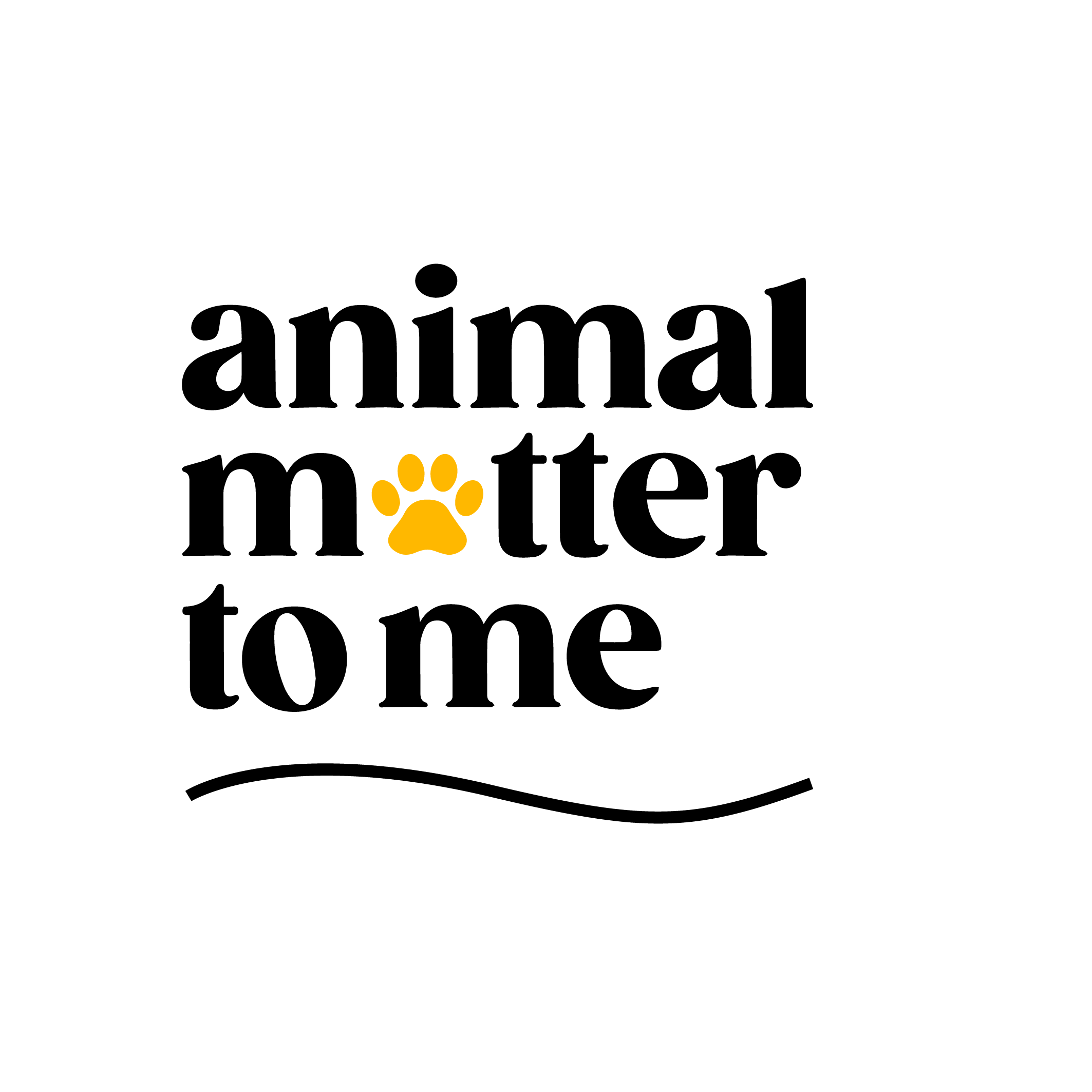
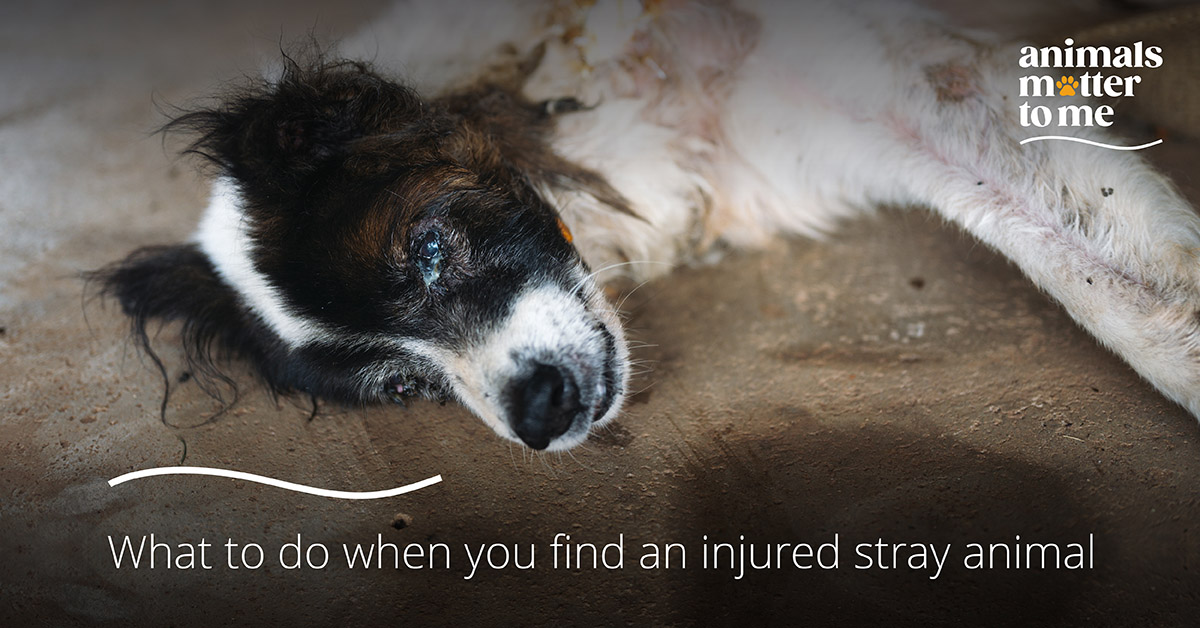
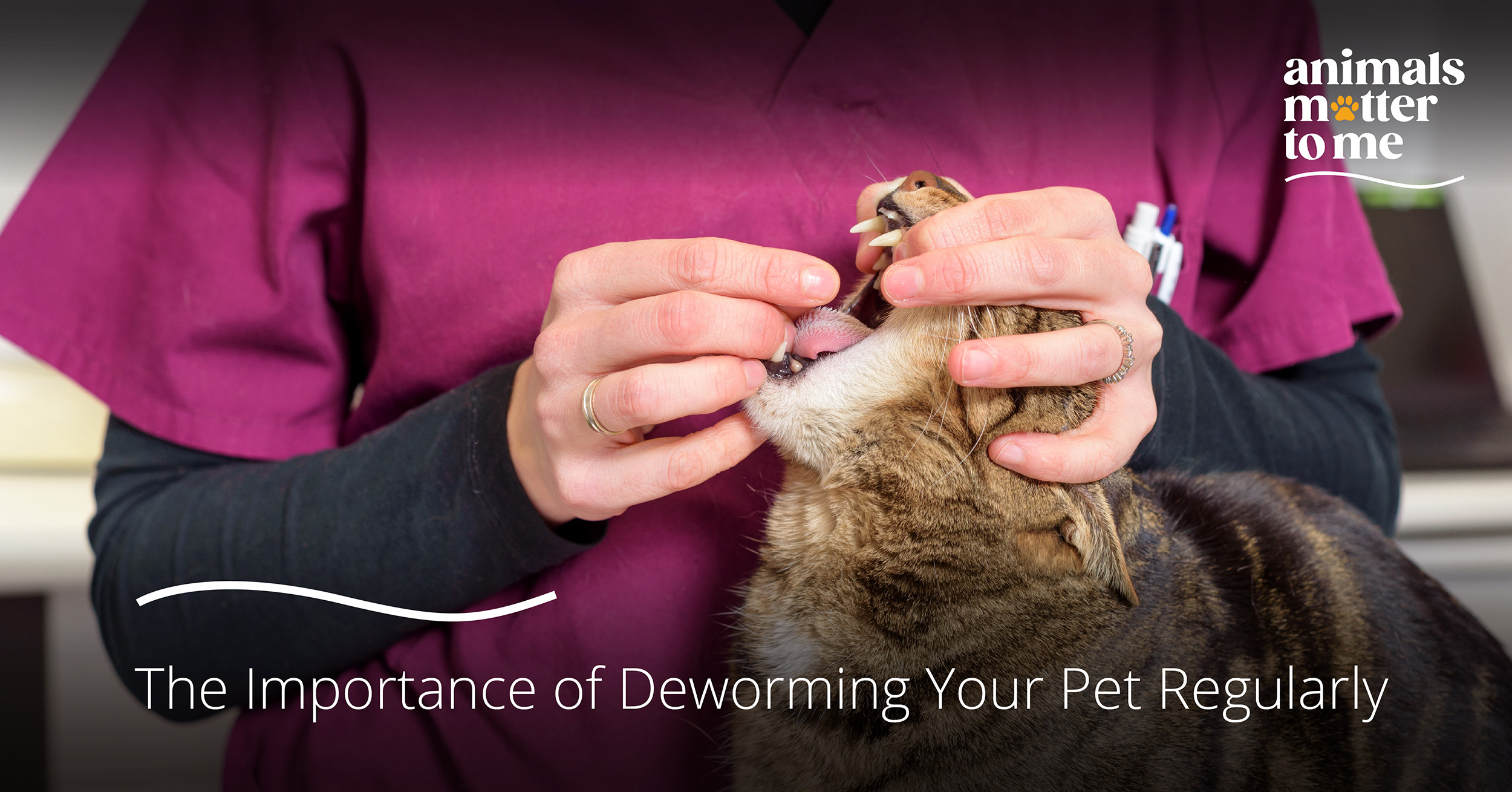
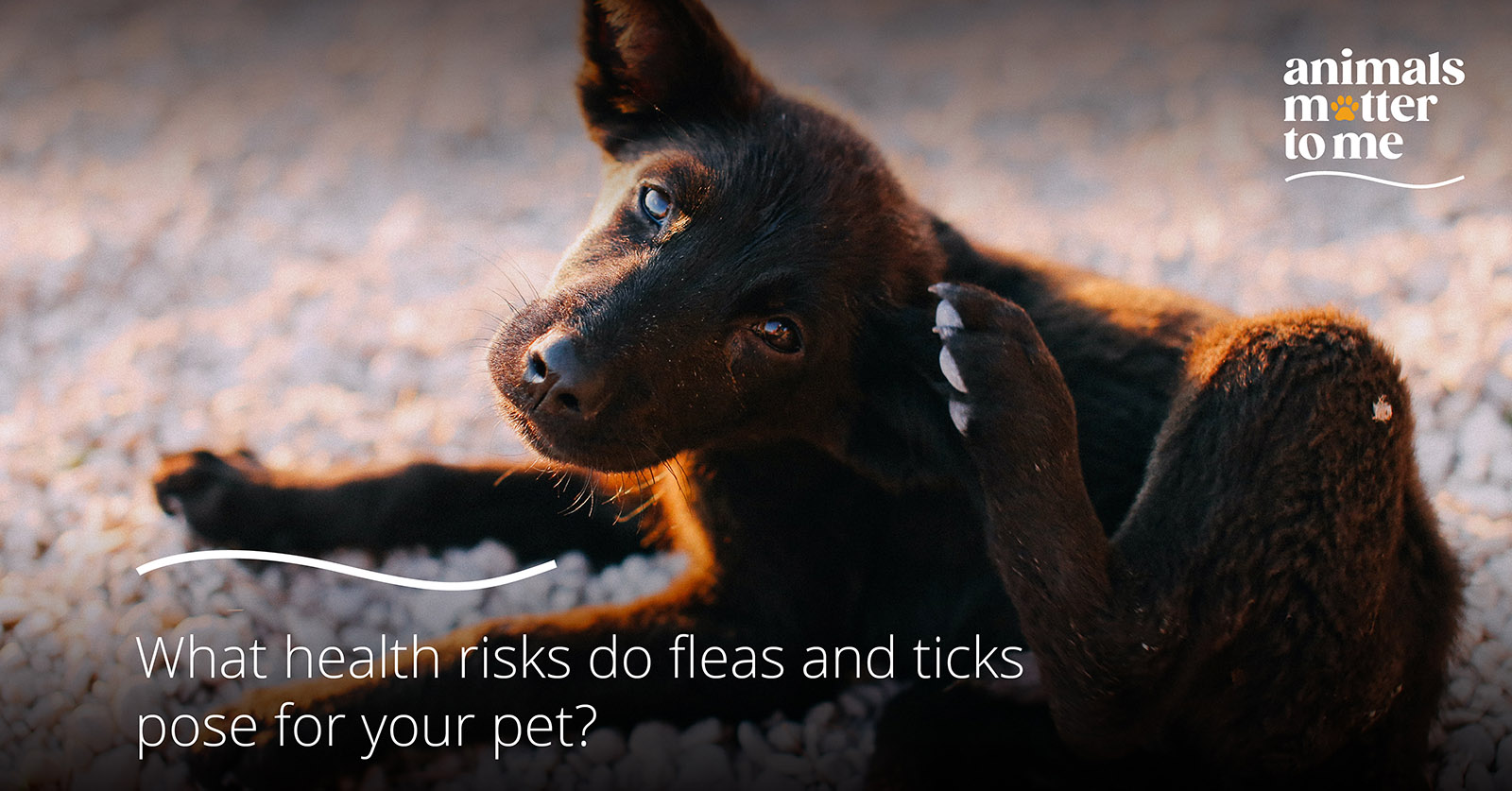
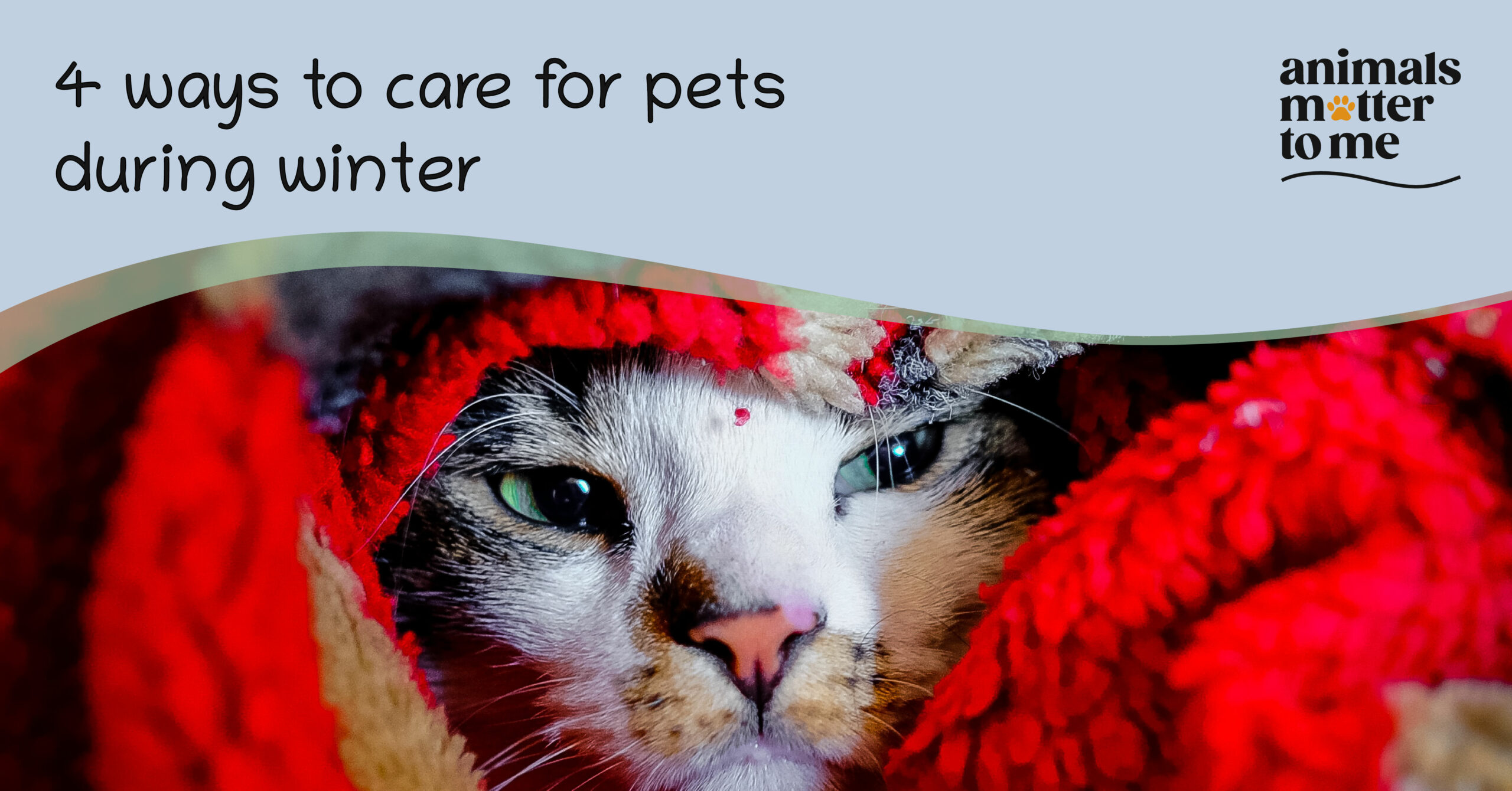
3 Responses
Hi, can we get a space in your sanctuary for a few Indie dogs who are struggling on streets?
I want help for rescue hai female roadside dog because his mouth was stuck and she is not eating any food
Sir Mere gao me Female dog hai uske toilet wale part me disease ho raha hai. Please Sir/Ma’am help. Address:- Saidpur Ghazipur Uttarpradesh 233304